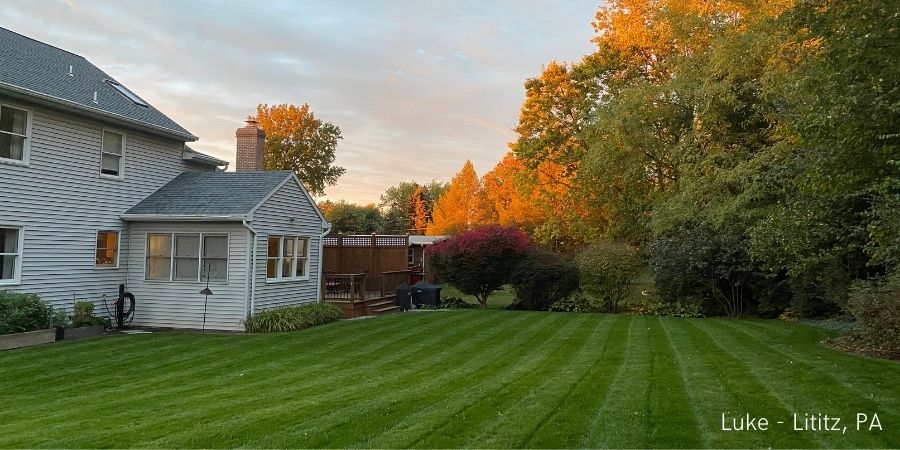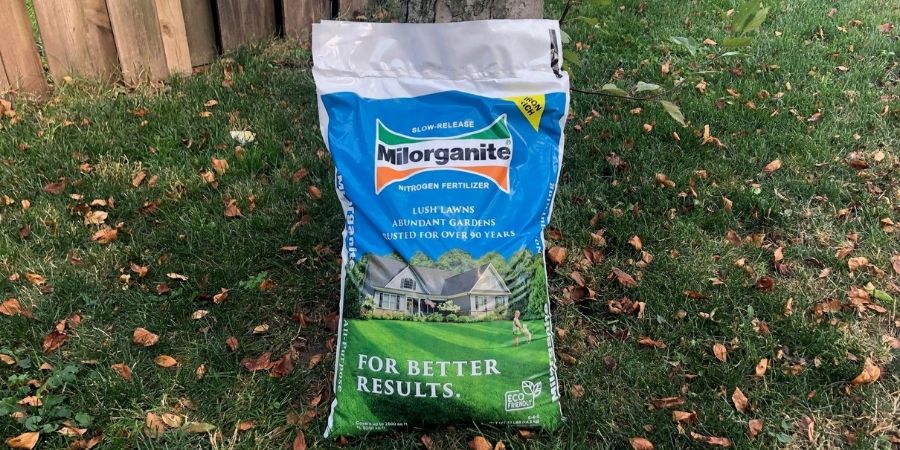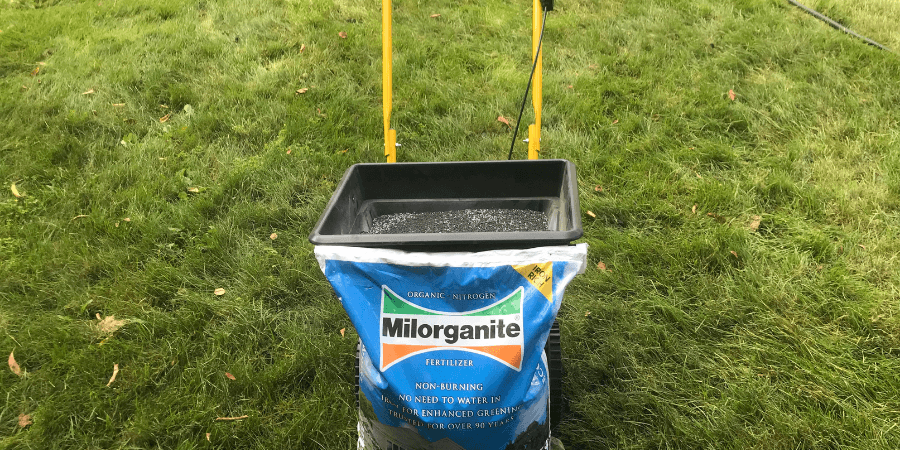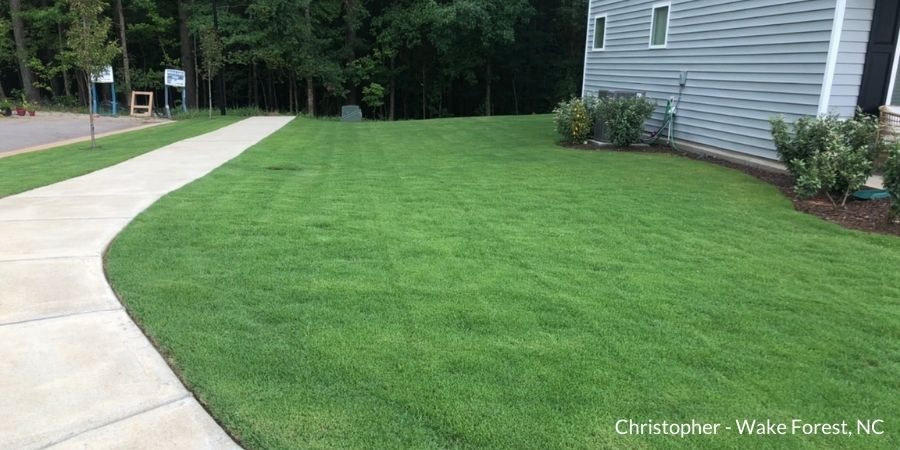Benefits of Dormant Lawn Fertilization
- Milorganite AgronomistOctober 16, 2021
There are many benefits to dormant lawn fertilization—also known as dormant feeding or winter fertilization— the greatest of which might be neighbor envy because, in spring, your lawn will be healthier and may green up nearly two weeks earlier than your neighbors’ if they didn’t fertilize.
What’s the Purpose of Dormant Lawn Fertilization?
- Helps lawns recover more quickly from winter damage and snow mold.
- Greens up lawns more quickly in spring and may help it maintain its fresh, green color through mid-May.
- Safer than early-spring fertilization because walking on wet ground in spring can damage tender growth, causing turf loss.
- Actively growing spring lawns will be better able to handle foot traffic better.
- A thick lawn keeps weeds down by casting shade on sprouting seeds and keeps them from maturing.
What’s the Difference between Fall and Winter Lawn Fertilization?
Before we talk about the benefits of dormant fertilization, it’s important to understand what it’s not. Dormant fertilization is not the last fall fertilization. They’re different.
Dormant fertilization is a jumpstart for spring. It’s applied to cool-season, Northern grasses after your lawn has lost most of its green color, you’ve stopped mowing your lawn because it no longer appears to be growing, and the cold weather has already set in. You could think of dormant fertilization as the first spring application since that’s when you’ll see the effects.

Fall Lawn
When Do I Apply Winter Fertilizer?
Dormant fertilization is for cool-season, Northern grass varieties such as Kentucky bluegrass, fescue, and perennial ryegrass. It’s applied as late in the season as possible, just before the first deep freeze or snowfall—generally after Halloween but before Thanksgiving. It depends on the weather in your area. Your neighbors may think you’re crazy for applying fertilizer when it’s cold, but consider it an opportunity to tip them off to the benefits of dormant fertilization.
If the ground is already frozen, you waited too long, and you’ll need to wait until spring. To check if your lawn is frozen, insert a screwdriver (6") in the soil. If the ground is already frozen, you’ll need to wait until spring. Fertilizing on frozen ground can lead to runoff and polluting local waterways.
Dormant feeding isn’t necessary for warm-season Southern grasses.

Bag of Milorganite Fertilizer
Only Use a Slow-release Fertilizer for Dormant Fertilization
It’s important that you only use slow-release nitrogen fertilizer, such as Milorganite, which will stay on the soil of your dormant lawn until moisture and temperature conditions are just right for soil microbes to break down the nutrients for your lawn to use in early spring. Quick-release fertilizers should not be used for dormant feeding, as they immediately release nutrients, which could signal your lawn to start growing again. A late-season growth spurt accompanied by a hard freeze can be especially damaging to lawns. There’s also a very real risk of water-polluting runoff.
You’ll want to apply a pound of nitrogen per thousand square feet for dormant fertilization. For the Milorganite application instructions and spreader settings, which you can also find on the back of the bag. Follow all state and local fertilization ordinances and restrictions, as application rates and timing may vary.
It’s not even winter, but with dormant fertilization, you’re already preparing for a healthy spring lawn.



